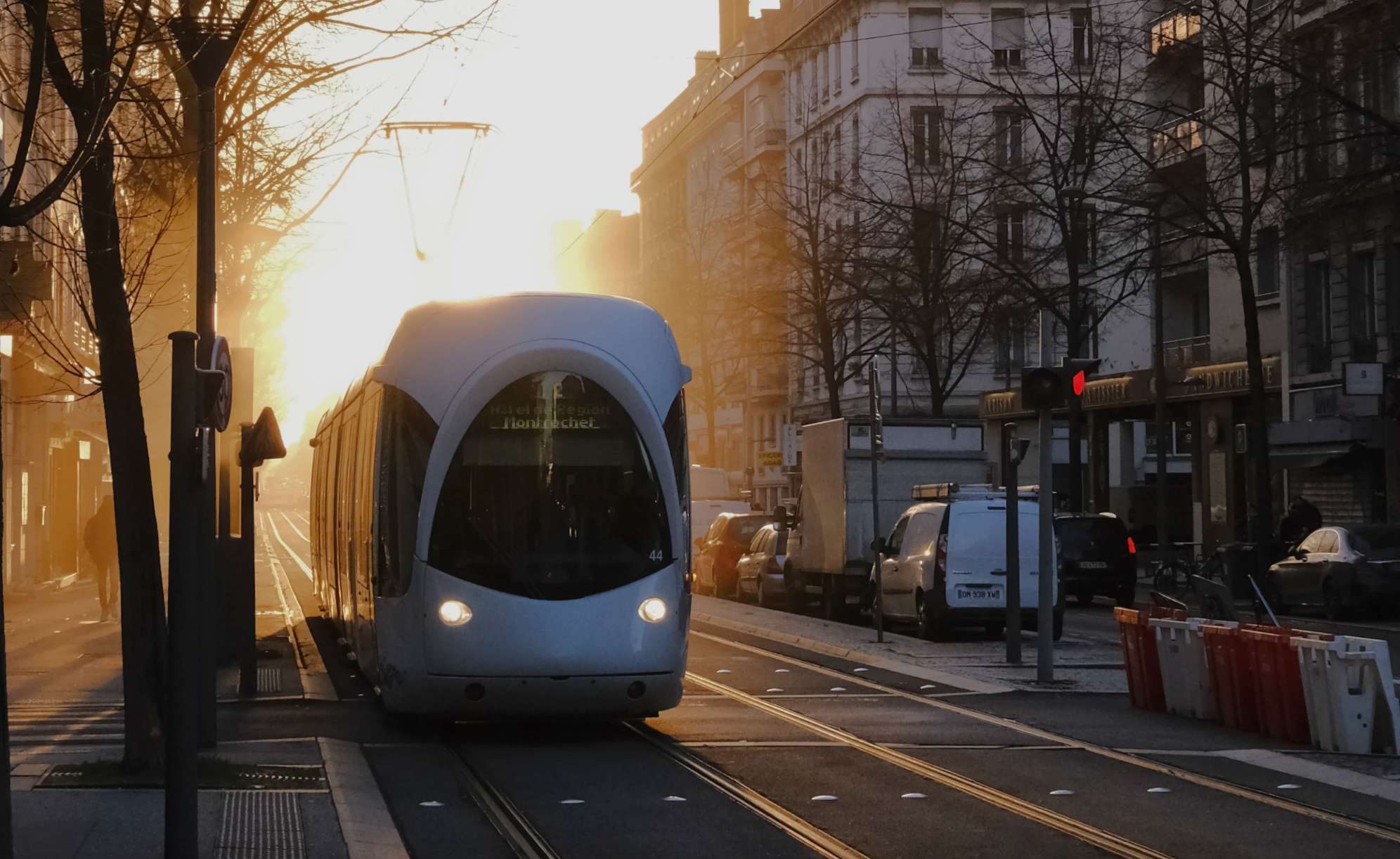Here's an interesting way to evaluate how well a street network works for biking. Stephen Tu and Alex Rixey are mapping streets in Montgomery County, Maryland, based on how comfortable riders of different skill levels find them.

Tu and Rixey based their mapping technique on the famous Portland survey that found "strong and fearless" riders willing to ride on any type of street are vastly outnumbered by people "interested but concerned" about cycling, who will only bike on low-stress streets. While their project is focused on how bike-share stations and Metro stops are situated within the low-stress biking network, the same technique could be applied to bicycling in general.
Andrew Carpenter at Mobility Lab explains:
Tu and Rixey assigned streets a stress level from one to four, one being most comfortable and four being highly stressful, based on factors such as levels of traffic, speeds, and availability of protective bike infrastructure. Under this breakdown, only “strong and fearless” riders would feel comfortable on the stressful level-four streets.
While their analysis is still ongoing, the two discussed how bikeshare stations are often located on streets around the most confident and strong cyclists who can deal with higher stress roads (about 12 percent of potential riders) rather than those who are “interested but concerned,” about 51 percent of potential cyclists.
Tu and Rixey’s stress and connectivity map, on which users can adjust their own level of bicycling confidence, exemplified how the county’s bike network effectively disappears for riders who would only ride on low-stress roads. It is even impossible to travel between certain bikeshare stations without traversing stressful (levels three-to-four) roads, and many other station pairs require routes at least twice as long in order to stick to low-stress streets. As an individual’s stress tolerance drops, so does the feasibility of much of Capital Bikeshare -- and by extension, bicycling -- in Montgomery County.
However, Tu and Rixey pointed out that there are pockets of highly ridable streets throughout Montgomery County that, with only one or two low-stress connections, could dramatically expand bicyclists’ accessibility and connectivity. Better connections like these are vital to promoting the growth of bikeshare and bicycling as reliable transportation options, and maps like Tu and Rixey’s can be immensely useful tools for planners to best improve this network and make it accessible to more riders.
Elsewhere on the Network today: Seattle Bike Blog reports that the city is weakening the bike plan local advocates were already disappointed with.And in honor of Bike Month, Tim Kovach shares an old news clipping showing how common Critical Mass-style "bike parades" used to be in Cleveland.





